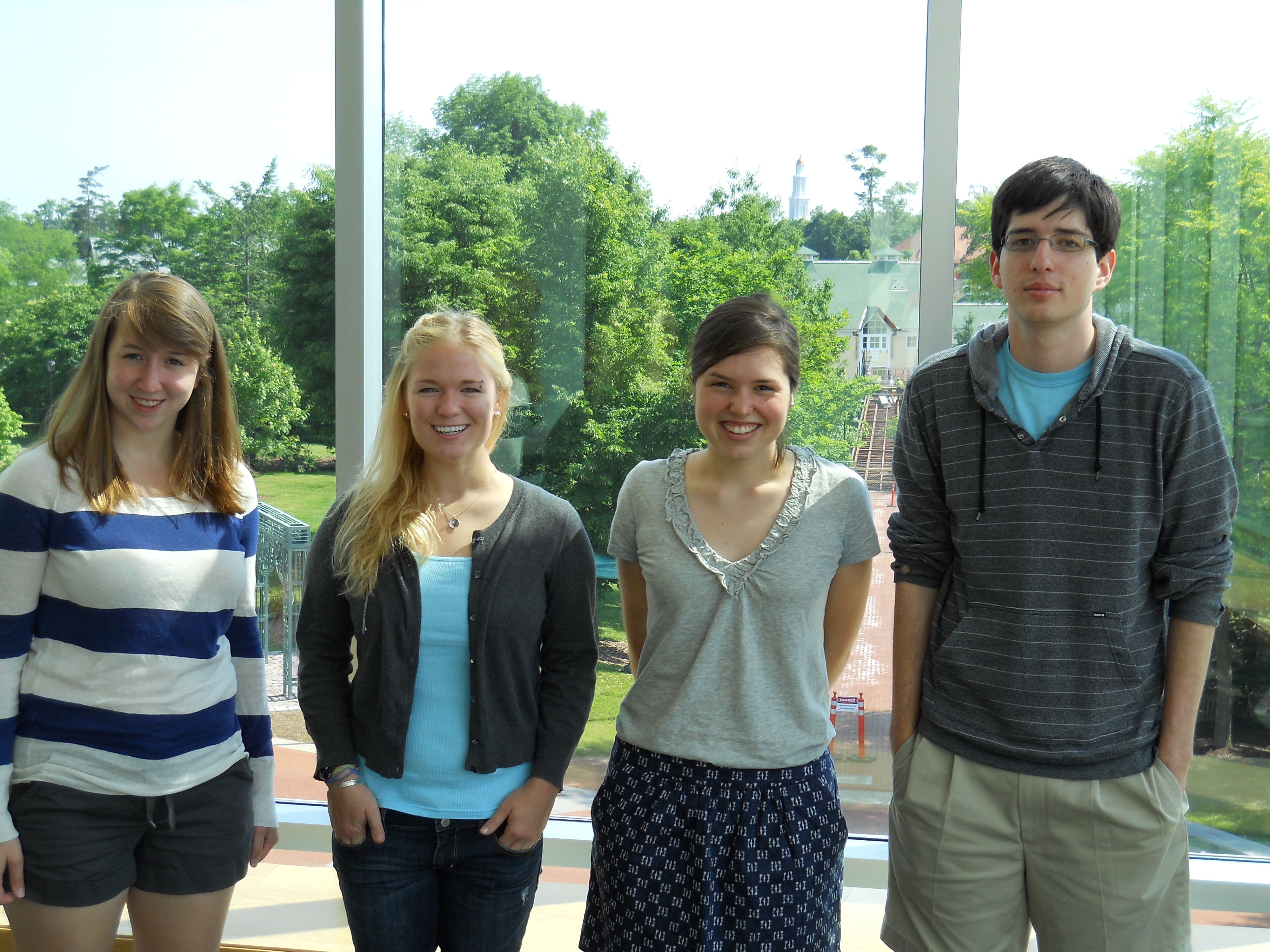
Utica’s refugee population has often provided unique opportunities for Hamilton students interested in urban community research and outreach. This summer, Elly Field '13, Ryn Steck '12, Dave Schwartz '13 and Amy Dow '12 will be working with Visiting Assistant Professor of Sociology George Hobor on a research project examining local alternative economic development strategies (LEADS) in Utica. The grant was awarded to the Levitt Center, under the umbrella of Utica’s Rust to Green initiative, from the Community Foundation of Herkimer and Oneida Counties, Inc.
The project will focus on Utica’s unique immigrant populations and examine how the diverse pockets of refugee residents function as assets for economic development. The students, under the guidance of Professor Hobor, have put together a questionnaire to be distributed among Utica’s refugee population that asks respondents to identify the types of investments they have made in financial security. The project will seek to answer three main questions:
1. How have different groups of refugees become integrated into the Utica economy?
The Utica refugee population is a demographic diverse in socioeconomic status and ethnic origin. Utica has high populations of Bosnians, Vietnamese, Sudanese, Somali and Uzbek refugees, and some groups have a noticeably stronger socioeconomic foothold than others. The researchers have divided the sample population into two subsets: a pre-9/11 refugee group (Bosnians and Vietnamese) and a post-9/11 “newer” refugee group (Sudanese, Somali, and Uzbek). The students’ questionnaire will ask respondents about the types of investments they have made in financial security during their time in Utica, and from this information the students will try to discern where refugees’ differential economic trajectories begin to diverge.
2. What are the factors that explain the different economic trajectories?
There are a lot of factors that may begin to explain the socioeconomic disparities among the different groups of refugees—human capital, language barriers, the amount of time individuals spent in refugee camps and their quality of life before coming to Utica. Researchers will be probing respondents to find out how they have utilized social networks and organizational infrastructure within Utica, as well as how they feel about organizations that are intended to help them.
3. Has the integration of refugees into the Utica economy had any spillover effects on the broader Utica area?
Utica represents an interesting economic case study because, contrary to dominant trends in other cities in the Northeast and Midwest, Utica’s workforce is getting younger, and small pockets of entrepreneurship have generated localized growth. Research has shown that smaller forms of development may turn into resources for citywide revitalization. Hobor and his students will seek to illuminate whether the cost of the refugees in taxpayer dollars may be offset by contributions in entrepreneurship and small-scale development.
The researchers hope that the information yielded by this project will be useful for policy-makers and nonprofit organizations interested in the economic future of Utica. The project is focused on sustainable, local growth consistent with the Rust to Green initiative, and this project hopes to strengthen the Utica community “through the support and cultivation of durable economic institutions.”
The grant was awarded in December, and work on the project began in earnest during the spring semester, with Schwarz and Field working with Professor Hobor on background literature checks and identification of clusters of refugees, per recent U.S. census data. The students are interested in this project because of their past involvements with Project SHINE and the Mohawk Valley Resource Center for Refugees, and because of the project’s relevance to sustainable development.
Ryn Steck is a graduate of Columbia High School in New Jersey. Dave Schwartz graduated from Trinity Prep School in Florida. Elly Field is a graduate of Valley Regional High School in Connecticut. Amy Dow graduated from Barrington High School in Rhode Island.
Posted July 5, 2011
